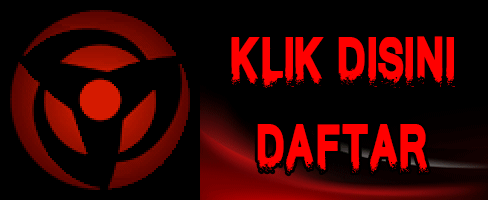IDBET 🔥 Situs Unggulan Pecinta Game Slot Online Paling Mudah Menang di Indonesia
IDBET 🔥 Situs Unggulan Pecinta Game Slot Online Paling Mudah Menang di Indonesia
Couldn't load pickup availability
IDBET merupakan salah satu situs unggulan bagi para pecinta game slot online di Indonesia. Dikenal sebagai platform yang menyediakan beragam permainan slot yang menarik dan menghibur, IDBET menawarkan pengalaman bermain yang memikat dan memuaskan. Dengan antarmuka yang ramah pengguna dan desain yang menarik, situs ini memudahkan para pemain untuk menemukan permainan favorit mereka tanpa kesulitan.
Salah satu keunggulan utama IDBET adalah kemudahan dalam memenangkan permainan slot. Selain itu, IDBET juga menyediakan berbagai bonus dan promosi menarik yang dapat meningkatkan peluang kemenangan dan membuat pengalaman bermain semakin mengasyikkan.
Para pemain juga dapat menikmati berbagai fitur tambahan yang disediakan oleh IDBET untuk meningkatkan kenyamanan bermain. Dari sistem pembayaran yang aman dan cepat hingga layanan pelanggan yang responsif, situs ini memastikan bahwa setiap pengalaman bermain di IDBET berjalan lancar dan menyenangkan. Dengan reputasi yang baik dan jaminan keamanan data pribadi para pemain, IDBET menjadi pilihan utama bagi mereka yang mencari kesenangan dan keuntungan dalam bermain game slot online.
Terlepas dari tingkat keahlian atau pengalaman bermain, IDBET menyambut semua pemain dengan hangat dan menyediakan lingkungan yang inklusif dan ramah. Dengan menyediakan panduan dan tips untuk pemula serta turnamen dan kompetisi untuk para pemain berpengalaman, IDBET memastikan bahwa setiap pengguna merasa dihargai dan didukung dalam perjalanan mereka dalam dunia game slot online.
Share





